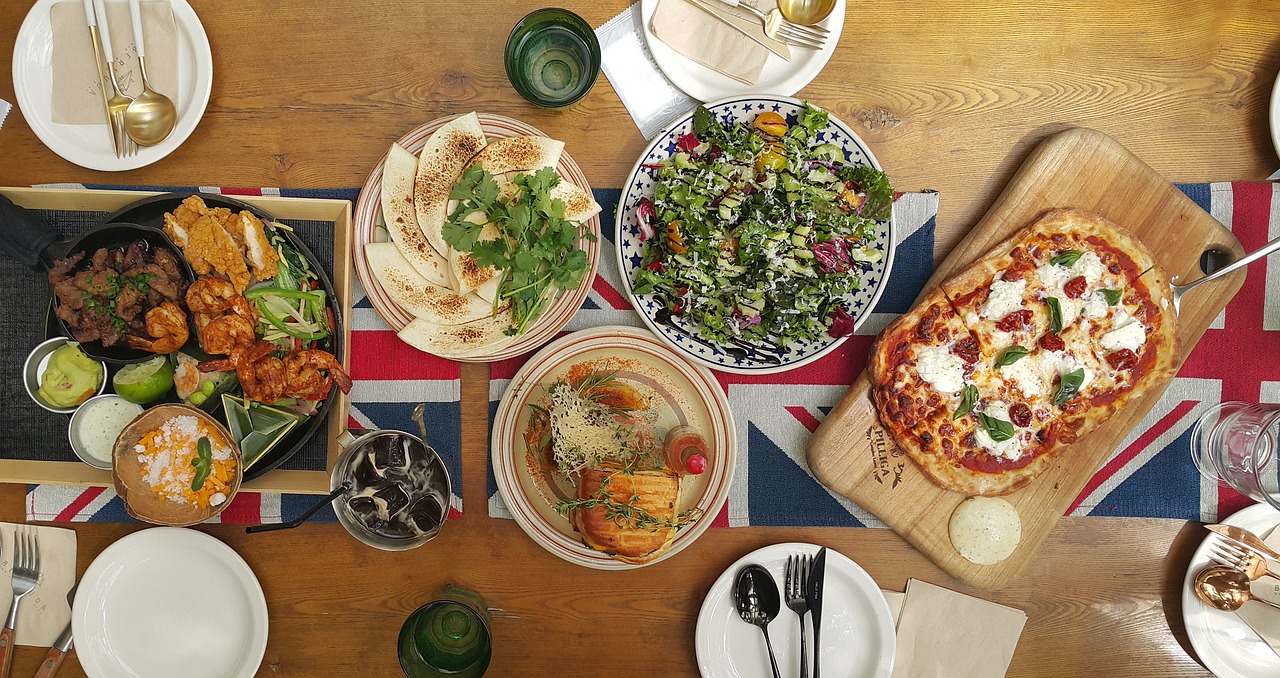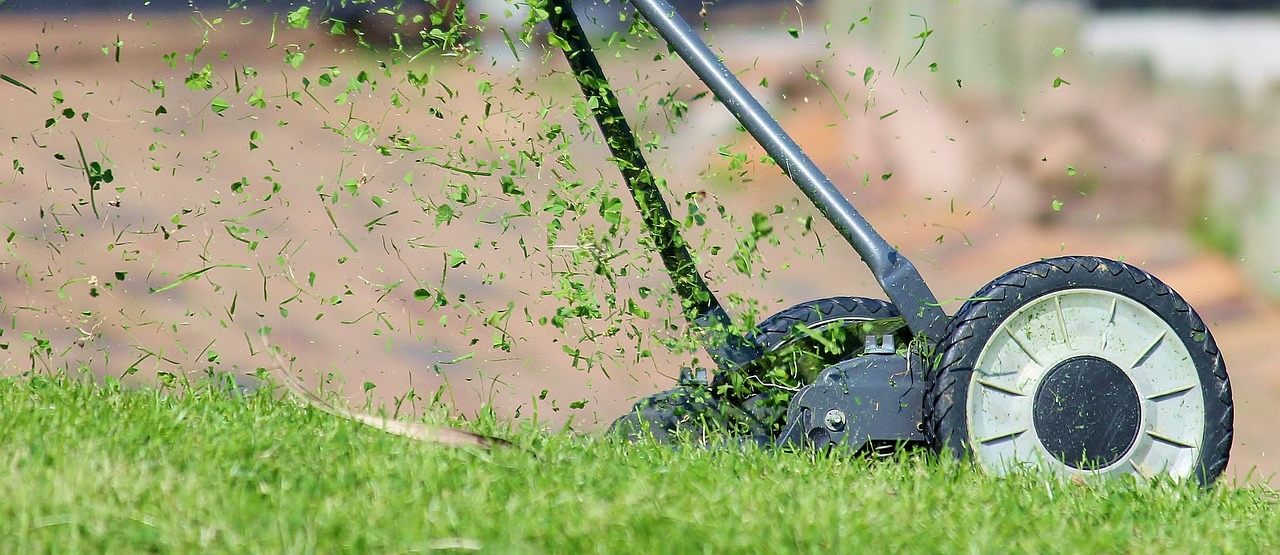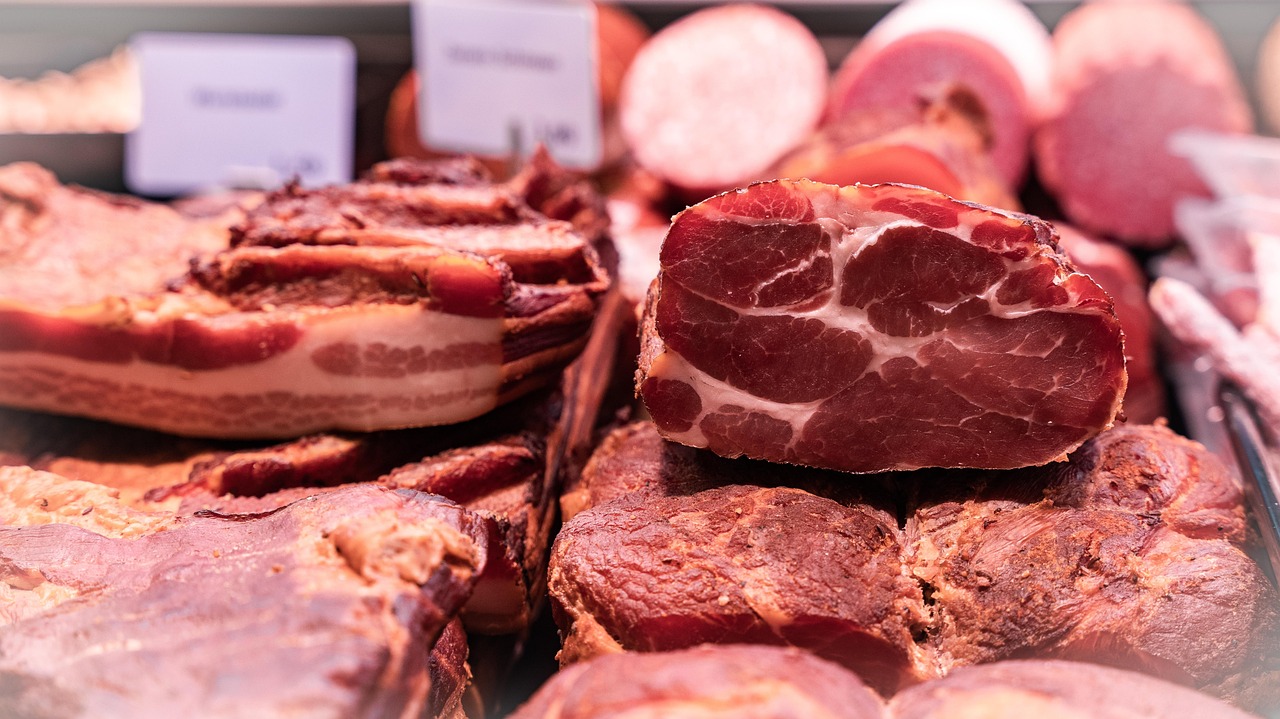Tag: green living
-
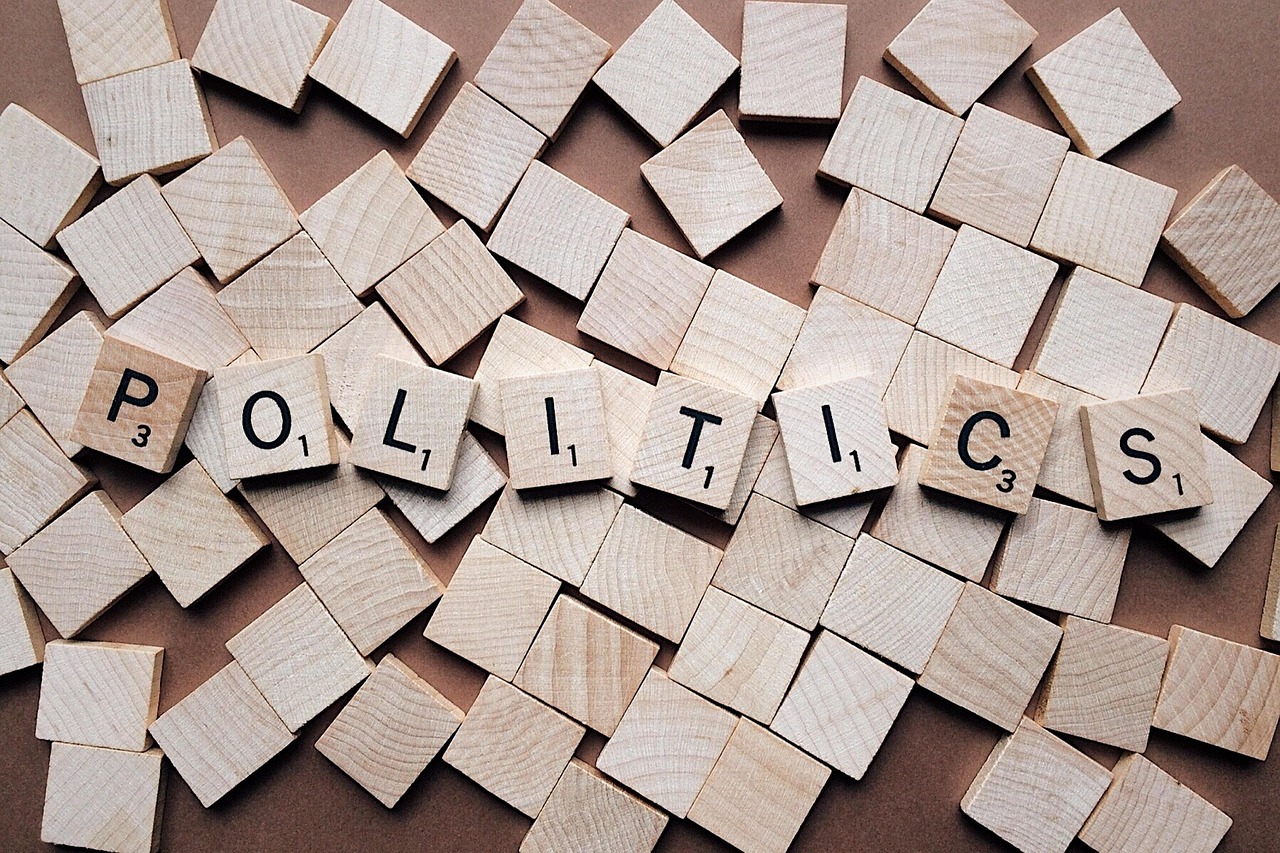
Another day goes by and yet another ill-intentioned politician is attacking the concept of Net Zero. Tony Blair said we need to rethink the concept because it is ‘doomed to fail’ because people in rich countries don’t want to make financial sacrifices which they think will have minimal impact. This website was set up to…
-

Plant-based meals are what we should be eating in a net zero world. If we reduced the amount of meat and dairy we eat, it would reduce deforestation and carbon emissions dramatically. Less land would be required to grow our food because raising animals and feeding them takes up so much land. If everyone switched…
-
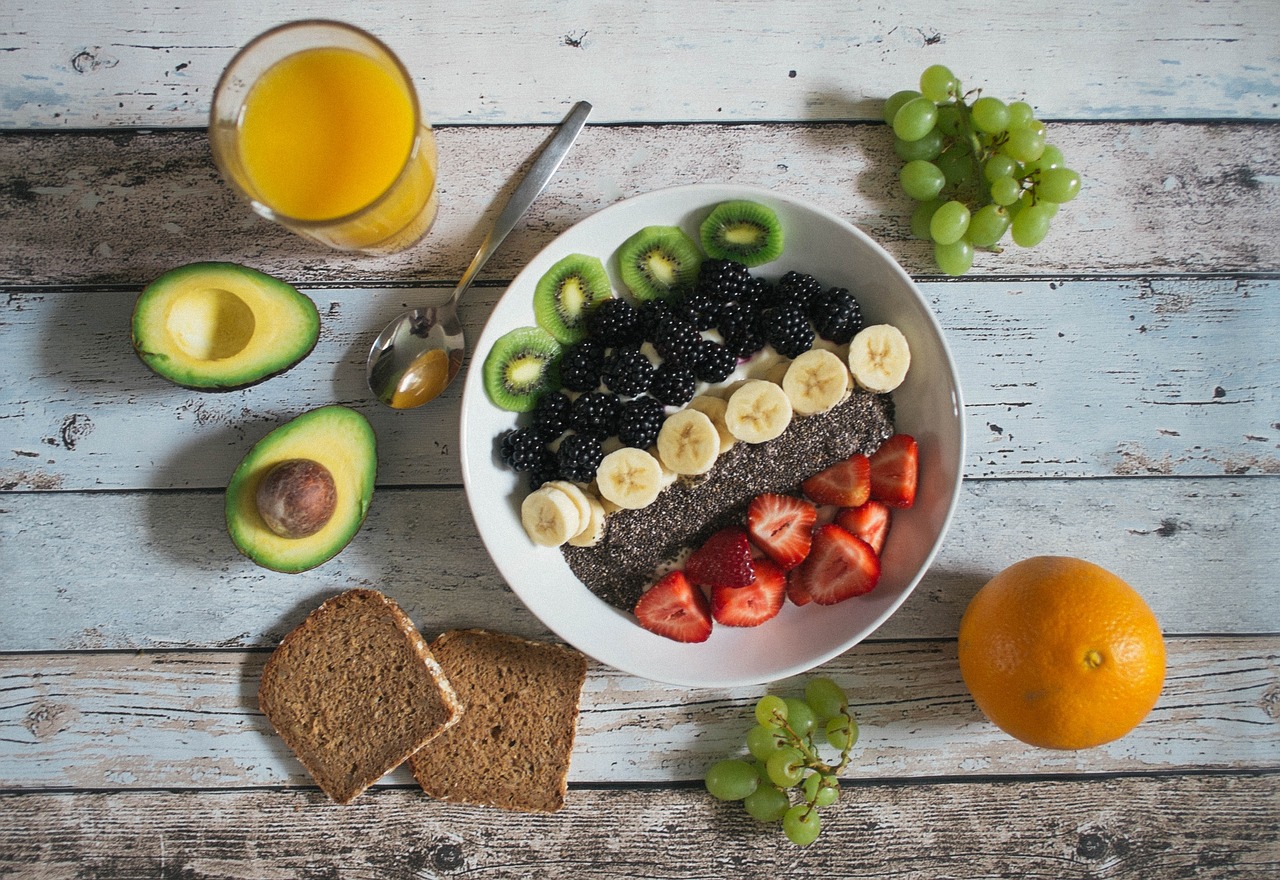
We should all be eating plant-based breakfasts in a net zero world. But what is a plant-based breakfast like? In some cases, it will be simple substitutions to what you already have, because only dairy products need to be substituted out. In other cases, it will mean being more creative with ingredients. Making your breakfasts…
-
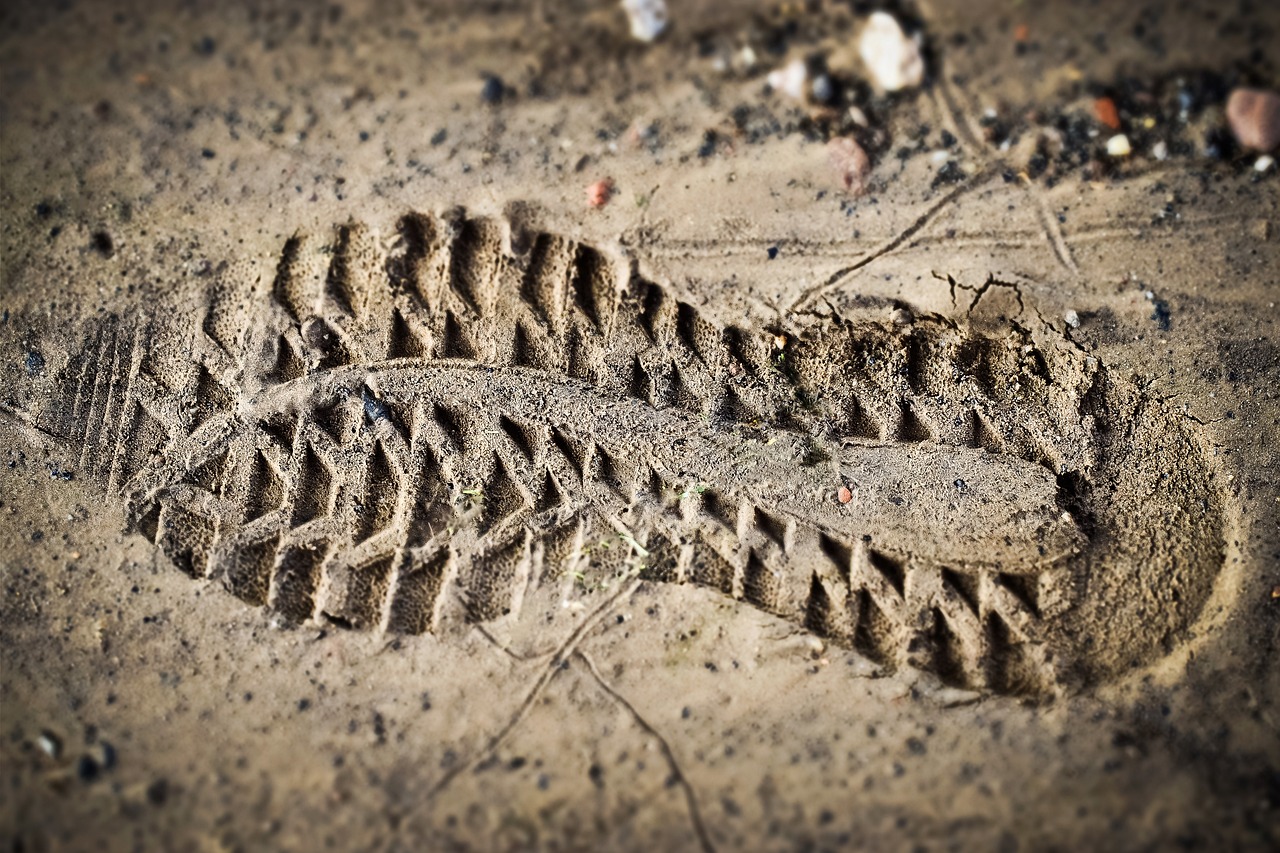
The average British person produces 8.4 tonnes of carbon emissions a year. Some of the suggestions to reduce our carbon footprint are unappealing because it requires tens of thousands of pounds of invest, such as buying a heat pump and an electric car or it involves cutting down on things we enjoy doing. There is…
-
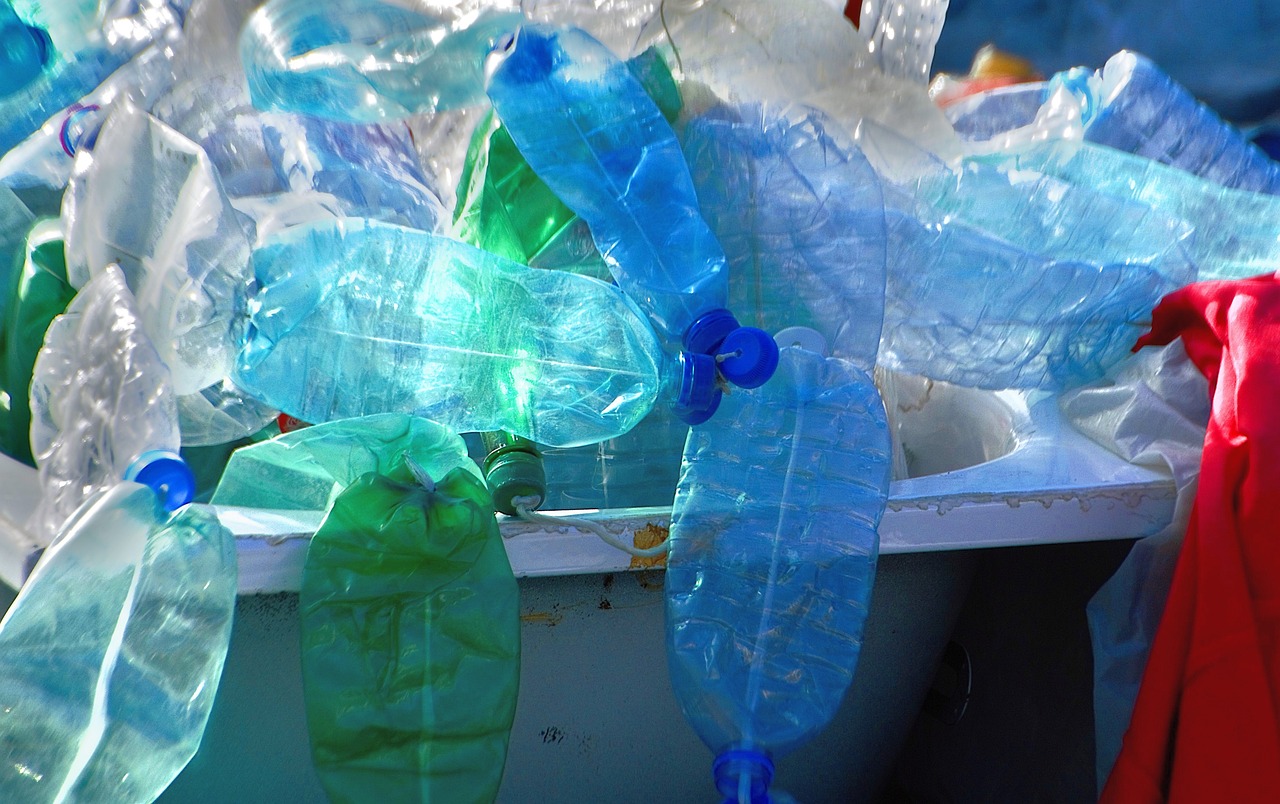
Plastic is widely perceived by the public as a major problem for climate change and the environment. It is often why people think recycling bottles is one the most important things they can do for environment. But how does the problem of plastic fit in with the climate change crisis? Putting plastic into context of…
-
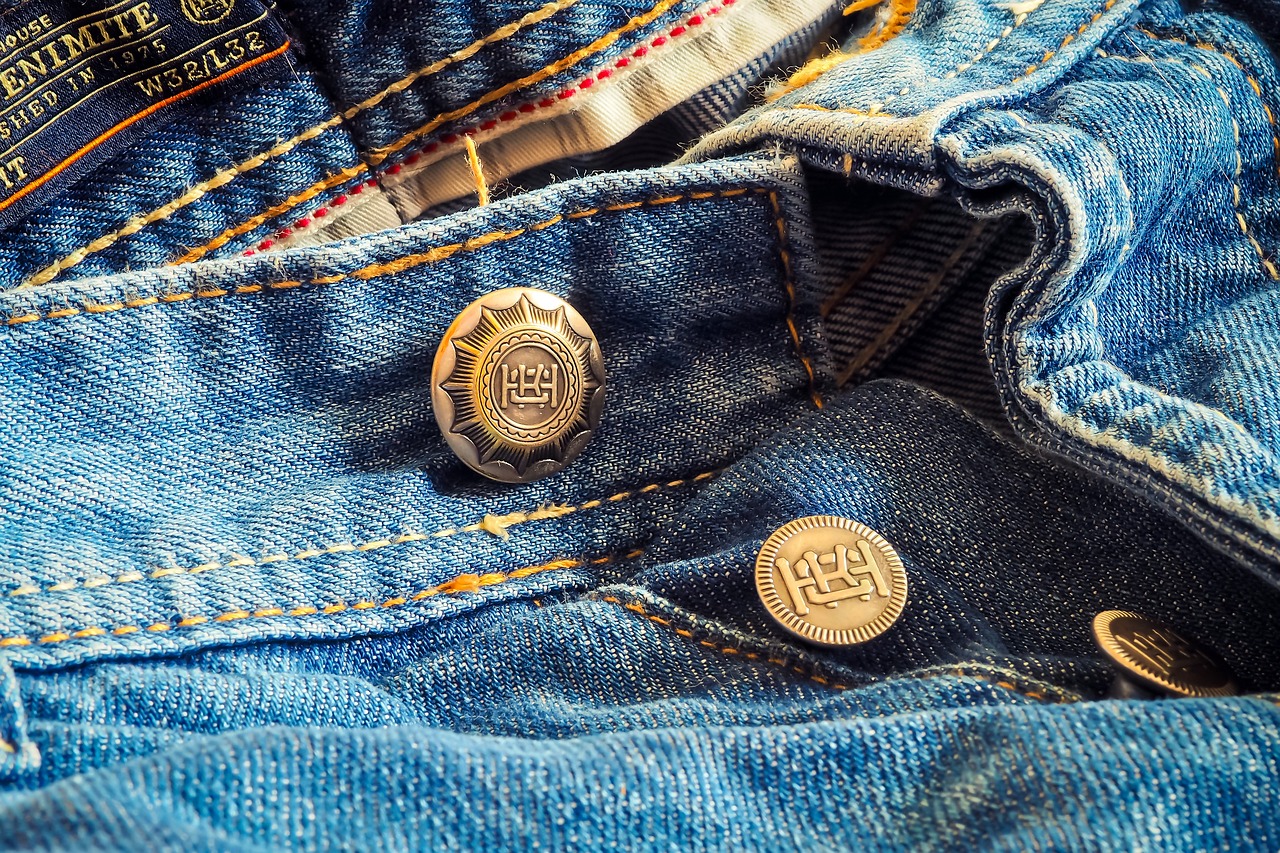
Which pair of trousers has the lowest carbon footprint? This depends on the material, weight and energy required to look after them. One would expect trousers made from ‘natural’ material such as cotton would have a lower footprint. Is this true? Synthetic fibres versus natural fibres Surprisingly, trousers made from synthetic trousers are better than…
-
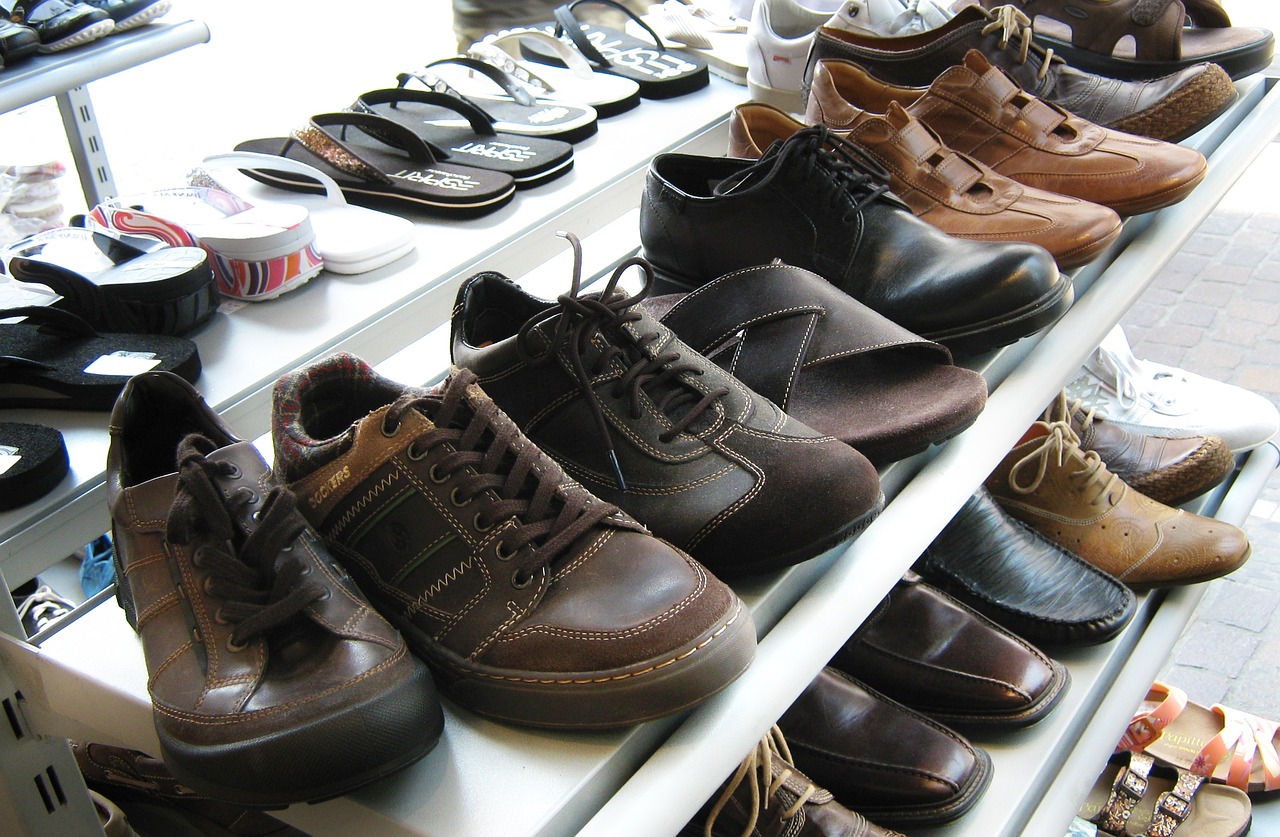
Which type of shoes have a lower carbon footprint? Shoes vary immensely depending on what material they are made from, their weight and how long they last. Shoes and material Research shows that the heavier the shoe and the wider variety of materials they are made from, the higher the carbon footprint. Rubber crocs come…
